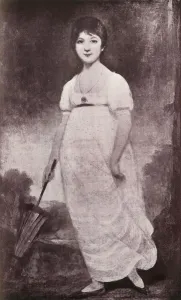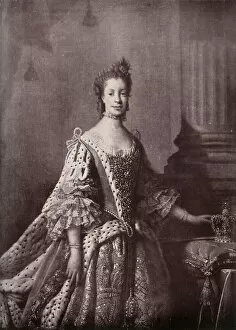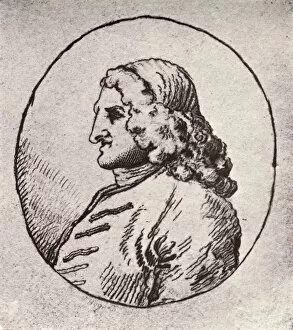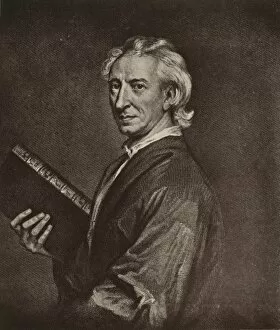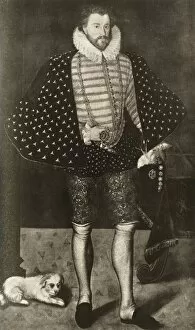C R L Fletcher Collection
"C R L Fletcher: A Glimpse into the Past" Step back in time with C R L Fletcher as we explore a captivating collection of historical figures and their stories
All Professionally Made to Order for Quick Shipping
"C R L Fletcher: A Glimpse into the Past" Step back in time with C R L Fletcher as we explore a captivating collection of historical figures and their stories. From the elegant world of Jane Austen's novels to the political prowess of Sir Robert Peel, this assortment takes us on an enchanting journey through centuries. Transport yourself to c1789, where Jane Austen's pen weaves tales that continue to captivate readers even today. Discover her timeless characters and immerse yourself in a world filled with romance, wit, and social commentary. In 1838, Sir Robert Peel emerges onto the stage, leaving an indelible mark on British politics. His influential leadership paved the way for modern policing systems and reforms that shaped society during his time. Meet Charlotte Sophia of Mecklenburg-Strelitz, Queen Consort of George III from 1761-1762. Her gracefulness and elegance charmed not only her husband but also left a lasting impact on courtly life during her short reign. Delve into the life of John Wilkes circa 1769; a controversial figure whose outspokenness challenged societal norms. Unafraid to voice his opinions, he became an emblematic symbol for freedom of speech during a tumultuous era. Discover Horace Walpole, Fourth Earl of Orford - writer, art collector, and politician - who played a significant role in shaping Georgian England's cultural landscape. His Gothic novel "The Castle of Otranto" remains one of literature's early masterpieces. Henry Fielding comes alive through our exploration; his works embodying both humor and social critique. As one of Britain's greatest playwrights and novelists from the eighteenth century onwards – his legacy endures till this day. Travel further back in time to c1687 with John Evelyn captured by Thomas Bragg’s artistic talent (c1818). This glimpse into history allows us to witness the beauty of a bygone era through Evelyn's eyes.

